1. What is the purpose of the ASQ 54 Month Questionnaire?
The ASQ 54 Month Questionnaire is designed to help assess a child's developmental progress between 51 months and 56 months of age. It provides insights into various developmental areas, including communication, gross motor skills, fine motor skills, problem-solving, and personal-social skills.
2. Who should complete the form?
The form should be completed by a parent, guardian, teacher, child care provider, or any individual closely associated with the child's development. This person should have accurate knowledge of the child's abilities and daily activities.
3. How should I fill out the ASQ 54 Month Questionnaire?
Use a black or blue ink pen to fill out the form. It is important to print legibly. For each activity described, select whether your child does the activity regularly, sometimes, or not yet. Make sure to try the activity with your child before marking a response to ensure accuracy.
4. What if my child hasn't done some of the activities listed?
It's common for children to develop skills at different rates. If your child hasn't done some of the activities mentioned, simply mark "not yet." This information can help identify areas where your child may need additional support.
5. Where do I send the completed questionnaire?
Return the completed questionnaire to the designated program or individual as specified on the form. Ensure it is submitted by the indicated deadline to facilitate timely assessment of your child's development.
6. How long will it take to complete the questionnaire?
The amount of time needed varies by child, but parents can generally expect to spend about 15 to 30 minutes. Make this process enjoyable by engaging your child during the activities.
7. What does each section of the questionnaire assess?
The questionnaire is divided into several sections—communication, gross motor, fine motor, problem solving, and personal-social skills. Each section includes specific activities and questions that provide insights into those respective developmental areas.
8. Who can I contact if I have questions about the questionnaire?
If you have any questions or concerns about the questionnaire, contact the organization or program that provided it. They should give you guidance and support to address your inquiries.
9. What happens after I submit the questionnaire?
Upon submitting the questionnaire, the information will be reviewed by a designated professional who will evaluate your child's development. You may receive feedback, recommendations, or additional resources based on the results.
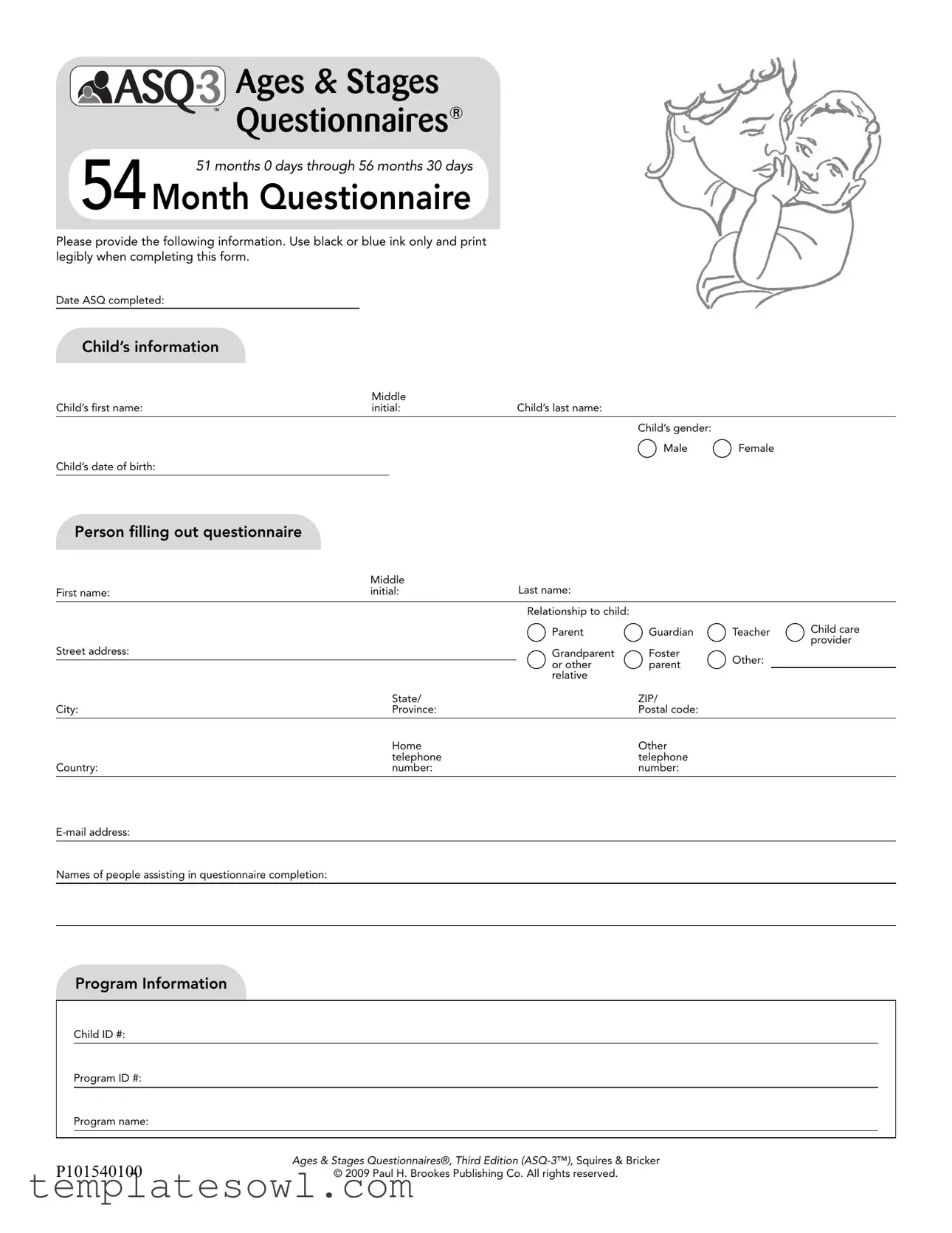
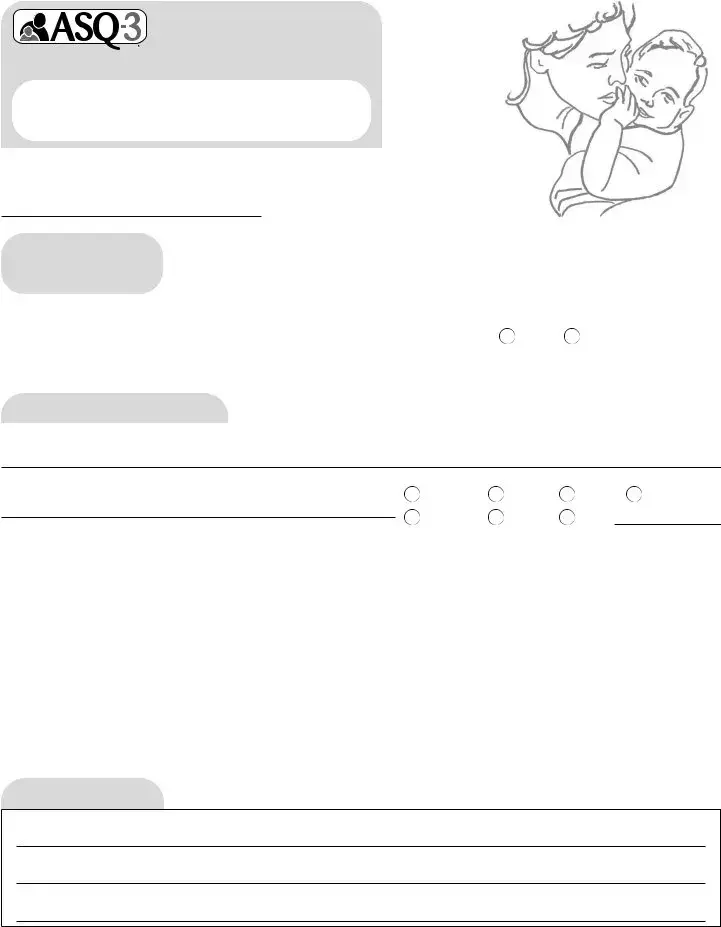
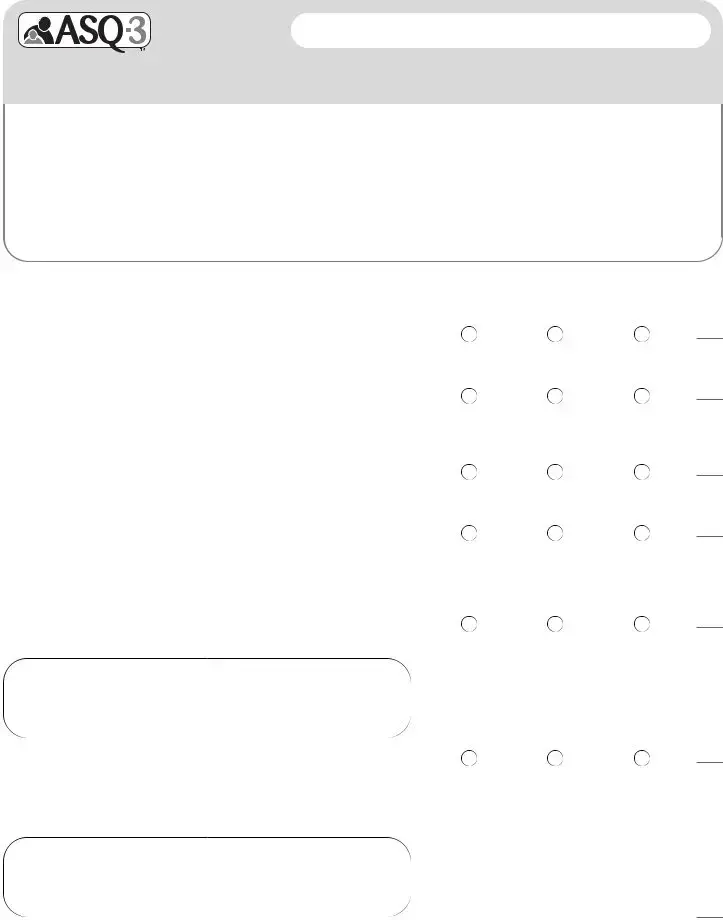
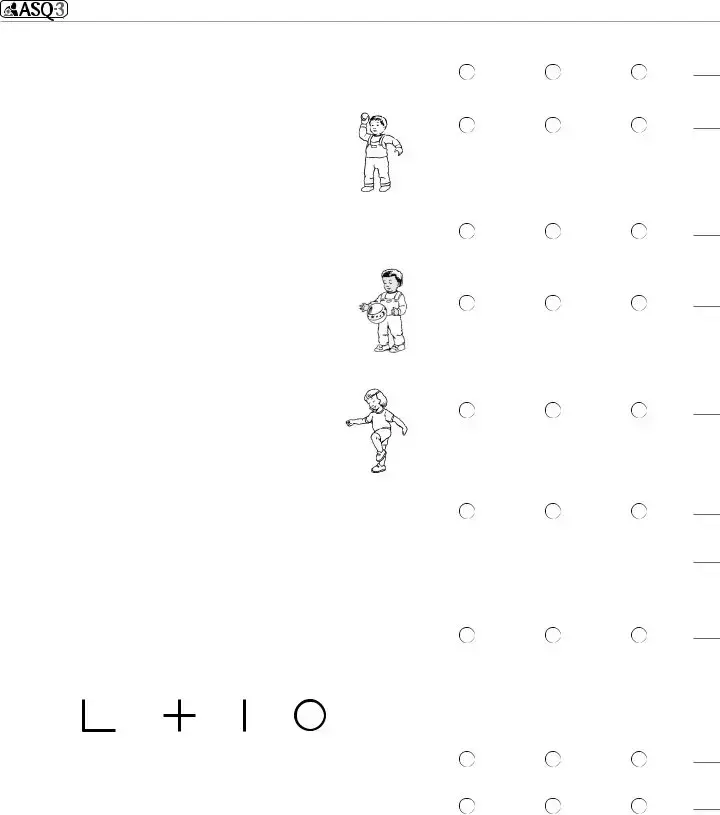
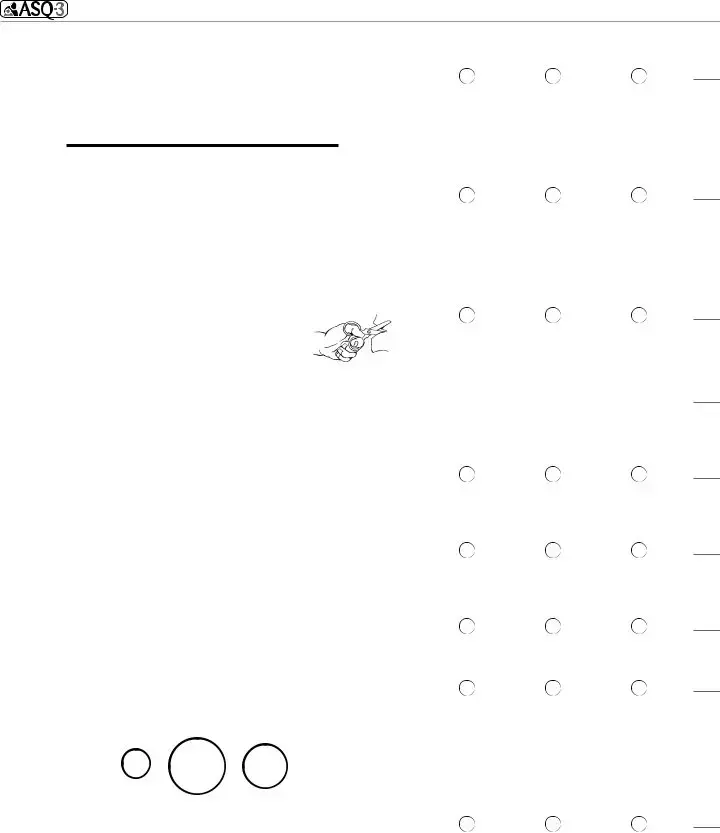
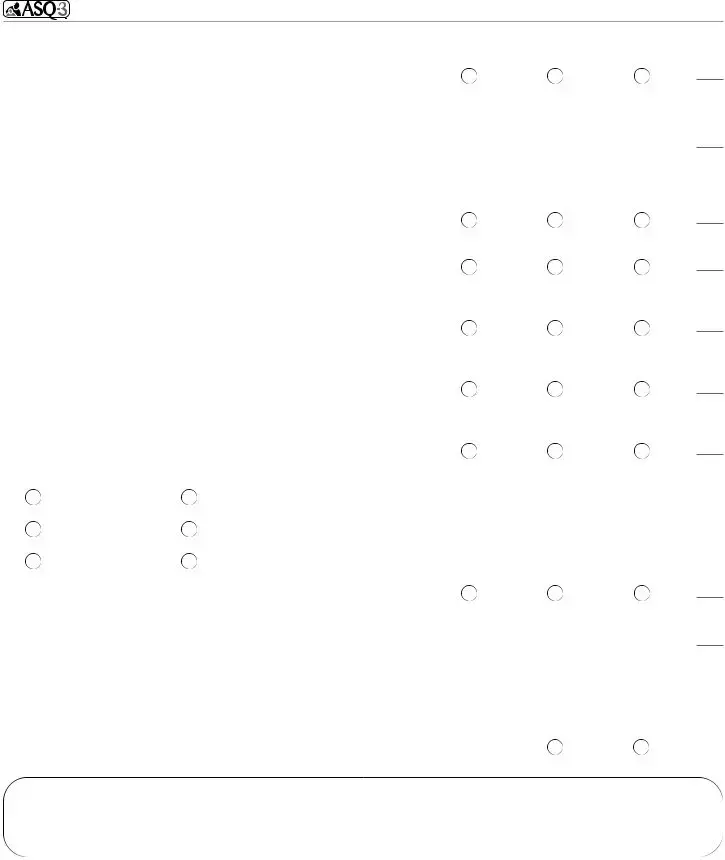
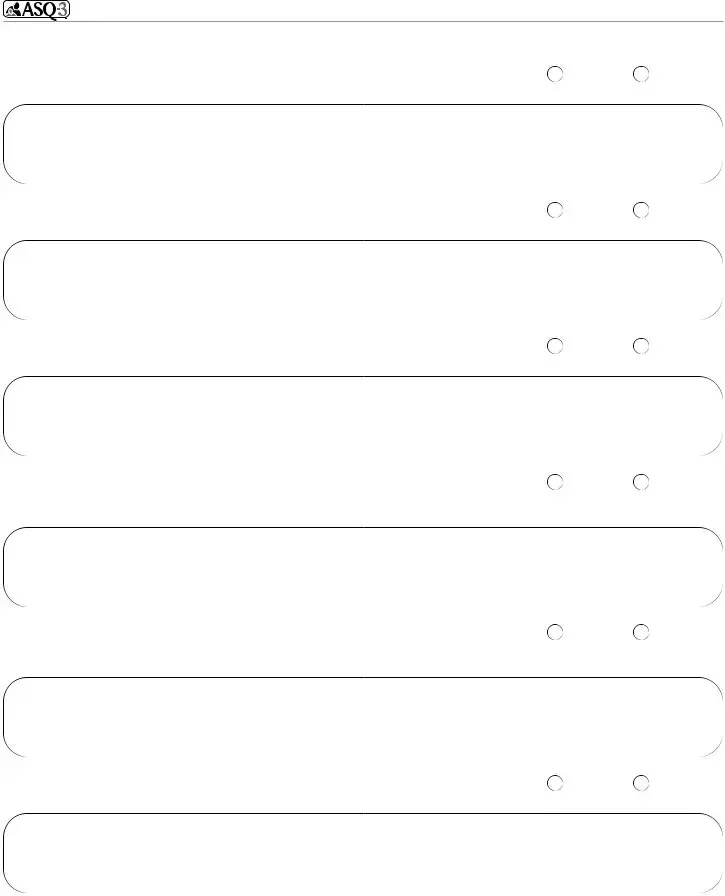
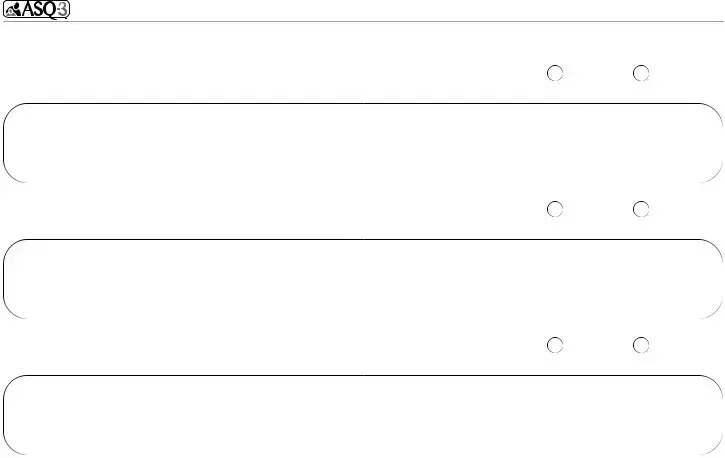
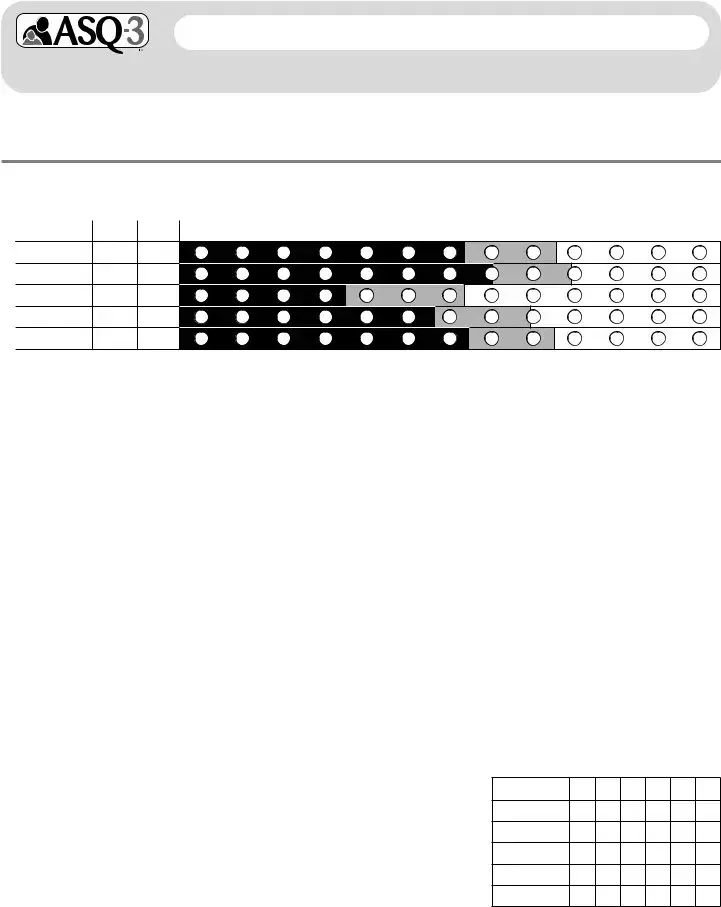

 area, it is above the cutoff, and the child’s development appears to be on schedule.
area, it is above the cutoff, and the child’s development appears to be on schedule.
 area, it is close to the cutoff. Provide learning activities and monitor.
area, it is close to the cutoff. Provide learning activities and monitor.
 area, it is below the cutoff. Further assessment with a professional may be needed.
area, it is below the cutoff. Further assessment with a professional may be needed.